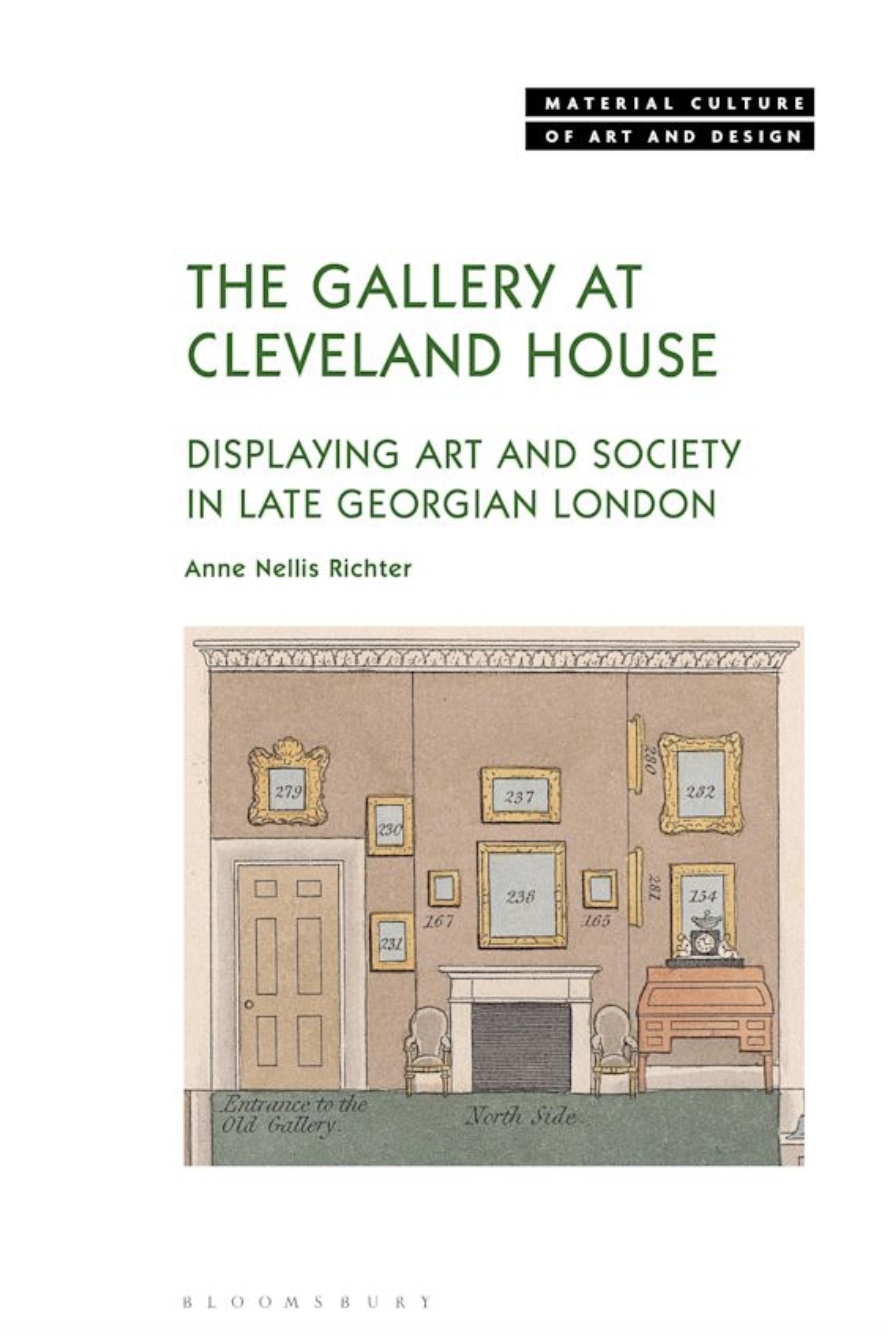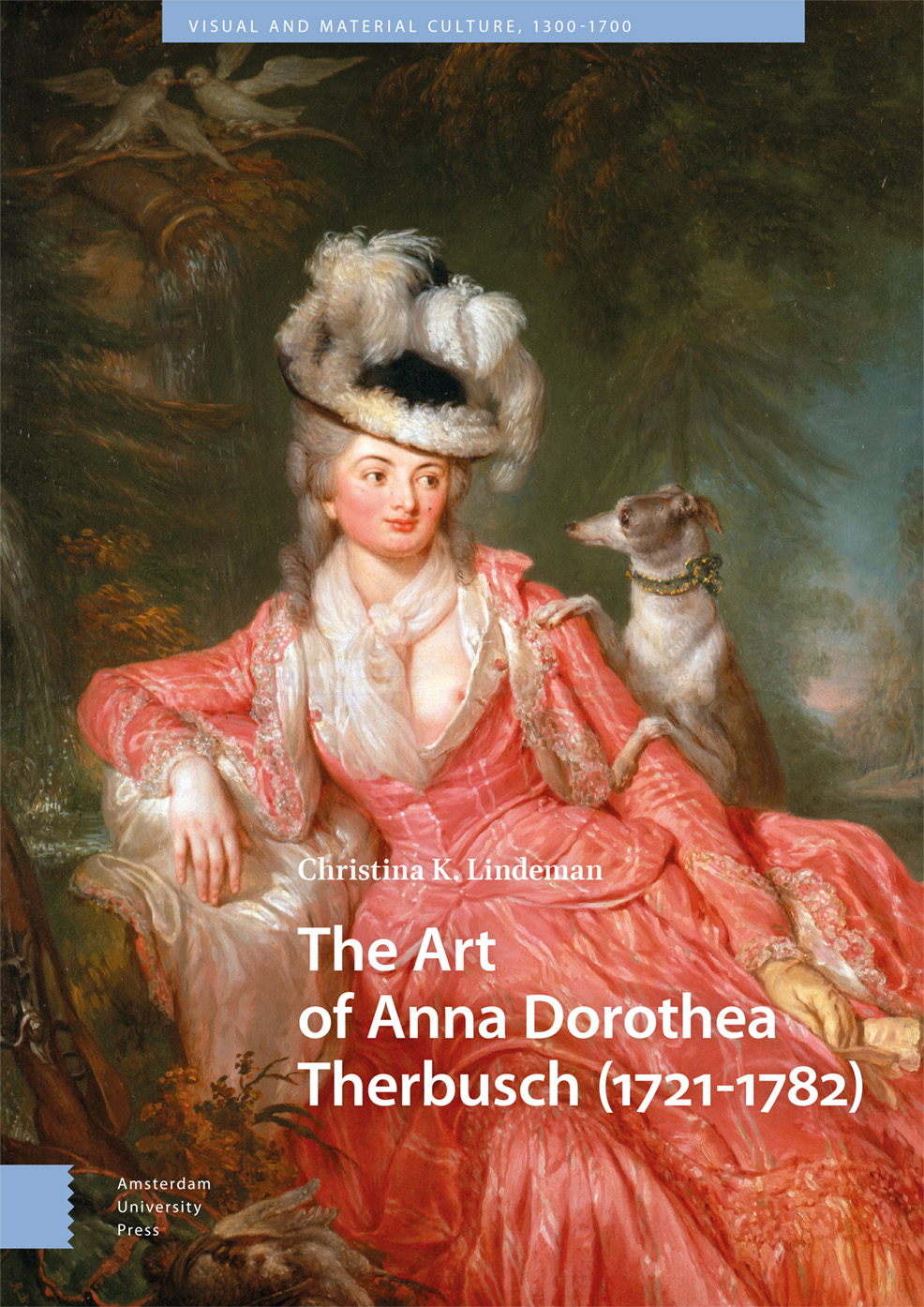Exhibition | Heavenly Bodies: Fashion and the Catholic Imagination
Press release (9 March 2018) from The Met:
Heavenly Bodies: Fashion and the Catholic Imagination
The Metropolitan Museum of Art and The Met Cloisters, New York, 10 May — 8 October 2018
Curated by Andrew Bolton, with C. Griffith Mann, Barbara Drake Boehm, Helen Evans, and Melanie Holcomb
The Costume Institute’s spring 2018 exhibition, Heavenly Bodies: Fashion and the Catholic Imagination, on view from May 10 through October 8, 2018 (preceded on May 7 by The Costume Institute Benefit) will be presented in two Metropolitan Museum of Art locations: at The Met Fifth Avenue—in the medieval galleries, Mary and Michael Jaharis Galleries for Byzantine Art, part of The Robert Lehman Wing, and the Anna Wintour Costume Center—and uptown at The Met Cloisters. The thematic exhibition will feature a dialogue between fashion and masterworks of medieval art in The Met collection to examine fashion’s ongoing engagement with the devotional practices and traditions of Catholicism. A group of papal robes and accessories from the Vatican will travel to the United States to serve as the cornerstone of the exhibition, highlighting the enduring influence of liturgical vestments on designers.
“The Catholic imagination is rooted in and sustained by artistic practice, and fashion’s embrace of sacred images, objects, and customs continues the ever-evolving relationship between art and religion,” said Daniel H. Weiss, President and CEO of The Met. “The Museum’s collection of Byzantine and western medieval art, in combination with the architecture and galleries that house these collections at The Met, provide the perfect context for these remarkable fashions.”
In celebration of the opening, the Museum’s Costume Institute Benefit, also known as The Met Gala, will take place on Monday, May 7, 2018. The evening’s co-chairs will be Amal Clooney, Rihanna, Donatella Versace, and Anna Wintour. Christine and Stephen A. Schwarzman will serve as Honorary Chairs. The event is The Costume Institute’s main source of annual funding for exhibitions, publications, acquisitions, and capital improvements.
“Fashion and religion have long been intertwined, mutually inspiring and informing one another,” said Andrew Bolton, Curator in Charge of The Costume Institute. “Although this relationship has been complex and sometimes contested, it has produced some of the most inventive and innovative creations in the history of fashion.”
The exhibition will feature approximately 40 ecclesiastical masterworks from the Sistine Chapel sacristy, many of which have never been seen outside the Vatican. These will be on view in the Anna Wintour Costume Center galleries and will include papal vestments and accessories, such as rings and tiaras, from the 18th to the early 21st century, encompassing more than 15 papacies. The last time the Vatican sent a loan of this magnitude to The Met was in 1983, for The Vatican Collections exhibition, which is the Museum’s third most-visited show.
In addition, more than 150 ensembles, primarily womenswear, from the early 20th century to the present will be shown in the Byzantine and medieval galleries, part of the Robert Lehman Wing, and at The Met Cloisters alongside medieval art from The Met collection, providing an interpretative context for fashion’s engagement with Catholicism. The presentation situates these designs within the broader context of religious artistic production to analyze their connection to the historiography of material Christianity and their contribution to the construction of the Catholic imagination.
Designers in the exhibition will include A.F.Vandevorst, Azzedine Alaïa, Cristobal Balenciaga, Geoffrey Beene, Marc Bohan (for House of Dior), Thom Browne, Roberto Capucci, Jean Charles de Castelbajac, Gabrielle “Coco” Chanel, Ann Demeulemeester, Sorelle Fontana, Domenico Dolce and Stefano Gabbana (for Dolce & Gabbana), John Galliano (for House of Dior), Gattinoni, Jean Paul Gaultier, Craig Green, Madame Grès (Alix Barton), Demna Gvasalia (for Balenciaga), Rosella Jardini (for Moschino), Stephen Jones, Christopher Kane, Christian Lacroix, Karl Lagerfeld (for House of Chanel), Jeanne Lanvin, Shaun Leane, Claire McCardell, Mariuccia Mandelli (for Krizia), Laura and Kate Mulleavy (for Rodarte), Thierry Mugler, Rick Owens, Carli Pearson (for Cimone), Maria Grazia Chiuri and Pierpaolo Piccioli (for Valentino), Pierpaolo Piccioli (for Valentino), Stefano Pilati (for Saint Laurent), Gareth Pugh, Simone Rocha, Yves Saint Laurent, Elsa Schiaparelli, Raf Simons (for his own label and House of Dior), Viktor Horsting and Rolf Snoeren (for Viktor & Rolf), Olivier Theyskens, Josephus Thimister, Riccardo Tisci, Jun Takahashi (for Undercover), Philip Treacy, Donatella Versace (for Versace), Gianni Versace, Valentina, and Madeleine Vionnet.
The exhibition—a collaboration between The Costume Institute and the Department of Medieval Art and The Cloisters—is organized by Andrew Bolton, Curator in Charge of The Costume Institute, working together with colleagues in The Met’s Medieval department: C. Griffith Mann, Michel David-Weill Curator in Charge of the Department of Medieval Art and The Cloisters; Barbara Drake Boehm, Paul and Jill Ruddock Senior Curator for The Met Cloisters; Helen C. Evans, Mary and Michael Jaharis Curator of Byzantine Art; and Melanie Holcomb, Curator. The interdisciplinary architecture and design firm Diller Scofidio + Renfro (DS+R) will create the exhibition design with The Met’s Design Department. Raul Avila will produce the gala décor, which he has done since 2007.
A publication by Andrew Bolton will accompany the exhibition and will include texts by Barbara Drake Boehm, Marzia Cataldi Gallo, C. Griffith Mann, David Morgan, Gianfranco Cardinal Ravasi, and David Tracy in addition to new images by Katerina Jebb. It will be published by The Metropolitan Museum of Art and distributed by Yale University Press.
Andrew Bolton, ed., Heavenly Bodies: Fashion and the Catholic Imagination (New York: The Metropolitan Museum of Art, 2018), 336 pages, ISBN: 978 1588396457, $65.
Exhibition | UnSeen: Our Past in a New Light

Ken Gonzales-Day, 13 Plasters [Row 3], 2014 (printed 2017), Chromogenic print / Courtesy of the artist and Luis De Jesus, Los Angeles.
◊ ◊ ◊ ◊ ◊
From the press release (8 March 2018) for the exhibition:
UnSeen: Our Past in a New Light: Ken Gonzales-Day and Titus Kaphar
Smithsonian National Portrait Gallery, Washington, D.C., 23 March 2018 — 6 January 2019
Curated by Taína Caragol and Asma Naeem
As the Smithsonian’s National Portrait Gallery marks its 50th anniversary, it will not only honor the past with special exhibitions but also shape the museum’s next chapter. The first contemporary exhibition of the museum’s anniversary season, UnSeen: Our Past in a New Light: Ken Gonzales-Day and Titus Kaphar examines how people of color are missing in historical portraiture and how their contributions to the nation’s past were rendered equally invisible. Focused around two contemporary artists, Ken Gonzales-Day and Titus Kaphar, the exhibition brings to the forefront African Americans, Native Americans, and Latino Americans to amend America’s historical narrative. Reworking traditional art presentations, Gonzales-Day and Kaphar aim to expose mainstream cultural biases and social constructions of race.
This exhibition continues the National Portrait Gallery’s Portraiture Now series and is curated by the museum’s Curator of Latino Art and History Taina Caragol and Curator of Prints, Drawing and Media Arts Asma Naeem.
“The history of early American portraiture favored white men who owned land, and it defined American identity in ways that excluded women and people of color from our nation’s visual record,” said National Portrait Gallery Director, Kim Sajet. “UnSeen: Our Past in a New Light presents the perspectives of two leading contemporary artists who create powerful works of art that re-frame history.”

Titus Kaphar, Behind the Myth of Benevolence, 2014, oil on canvas, Guillermo Nicolas and Jim Foster.
While obtaining his Master of Fine Arts from Yale University, the New Haven-based artist Titus Kaphar (b. 1976) realized how Euro-American colonial paintings, specifically the genre of portraiture, coded racial difference. His work is included in the collections of major museums, including Birmingham Museum of Art, Alabama; Brooklyn Museum, New York; Museum of Modern Art, New York; Perez Art Museum, Miami; Seattle Museum of Art, Seattle; Studio Museum of Harlem, New York; and Virginia Museum of Fine Arts, Richmond. In this exhibition of 17 paintings and one sculpture by the artist—the largest exhibition of his work to date—Kaphar invites viewers to reflect on the absence of race in traditional representations of America’s history by recreating well-known paintings to include those traditionally left out. Kaphar smears tar, erases with white paint, shreds the canvas into strips, and peels it back to reveal another story. His portion of the exhibition is divided into three sections: ‘Darkened National Histories’, ‘Deconstructed Portraits’, and ‘Disappearing Bloodlines’. All of Kaphar’s examples point to how portraiture in the 18th and 19th centuries aggrandized people in power while ignoring the powerless.
Los Angeles-based artist Ken Gonzales-Day (b. 1964) will present works across three themes: ‘Absence’, ‘Distance’, and ‘Naming’. His work has been widely exhibited at major institutions, including the Los Angeles County Museum of Art, Los Angeles; LAXART, Los Angeles; The New Museum, New York; Palais de Tokyo, Paris; and Tamayo Museum, Mexico City. Recipient of a Bachelor of Fine Arts from Pratt Institute, a Master of Fine Arts from the University of California in Irvine, and a master’s in art history from Hunter College, City University of New York, Gonzales-Day explores how ideas of racial difference, otherness, and national identity have taken shape historically and visually. This artistic investigation has yielded two bodies of work. Erased Lynchings grew out of Gonzales-Day’s archival research into lynching in the American West and the recovery of little-known histories of racial violence against Latinos, Native Americans, and Asian Americans. In parallel, his series Profiled examines how race and ideal beauty have been represented in sculpture, by photographing the collections of international museums and creating compositions that look comparatively at the representation of white bodies and bodies of color. Gonzales-Day’s juxtapositions prompt the question: “Who is recognized and remembered in the national history, and why?” The National Portrait Gallery’s presentation features work from both of these series.



















leave a comment